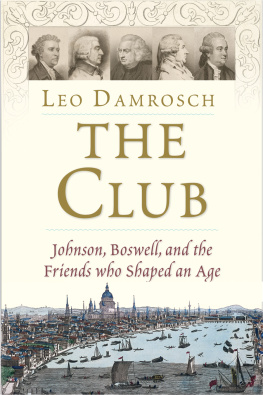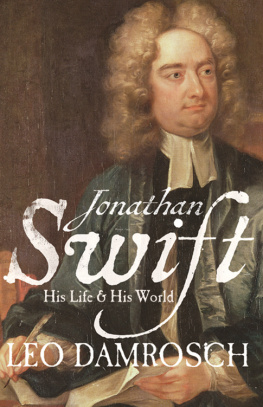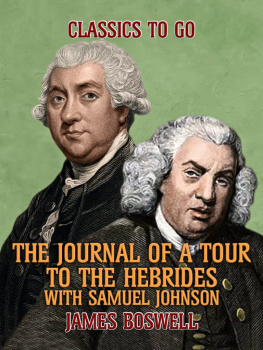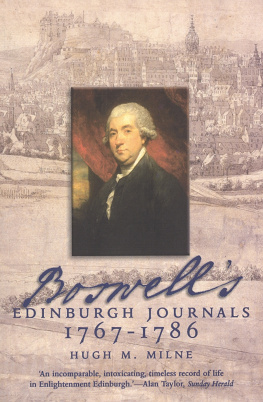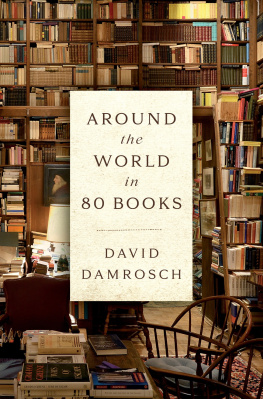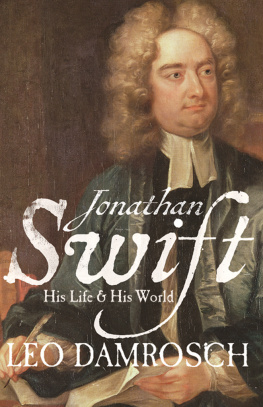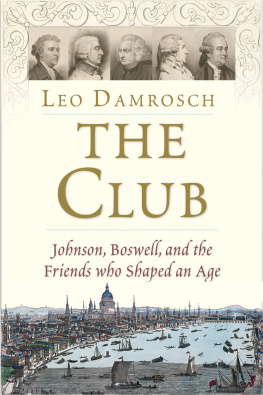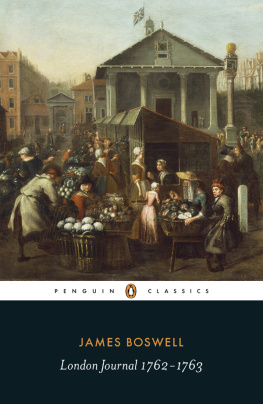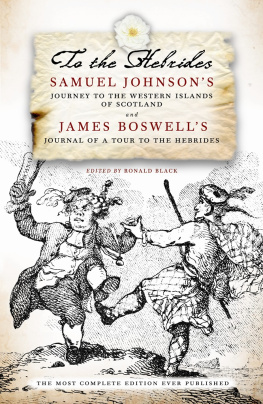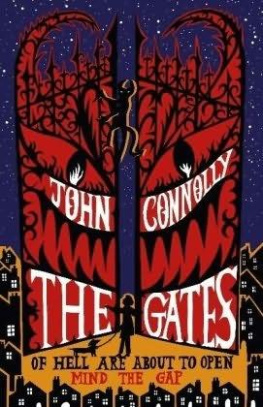The Club

Published with assistance from the Annie Burr Lewis Fund.
Published with assistance from the Louis Stern Memorial Fund.
Copyright 2019 by Leo Damrosch. All rights reserved. This book may not be reproduced, in whole or in part, including illustrations, in any form (beyond that copying permitted by Sections 107 and 108 of the U.S. Copyright Law and except by reviewers for the public press), without written permission from the publishers.
Yale University Press books may be purchased in quantity for educational, business, or promotional use. For information, please e-mail (U.K. office).
Set in Adobe Garamond type by IDS Infotech Ltd.
Printed in the United States of America.
Library of Congress Control Number: 2018952381
ISBN 978-0-300-21790-2 (hardcover : alk. paper)
A catalogue record for this book is available from the British Library.
This paper meets the requirements of ANSI/NISO Z39.48-1992 (Permanence of Paper).
10 9 8 7 6 5 4 3 2 1
Contents
Acknowledgments
My deepest thanks to Tina Bennett, my agent, for her invaluable counsel; to Jennifer Banks, my editor, for her shrewd and sympathetic management of the entire process; and above all to Joyce Van Dyke, who sharpened and clarified every chapter of this book, in large matters as in small.

Prologue
This is the story of a group of extraordinary individuals, a constellation of talent in eighteenth-century London that was known simply as the Club. Though not a large group, its members made brilliant contributions to our culture that are still celebrated today. But there was another, perhaps even more important, requirement for Club membership: you had to be good companyready to talk, laugh, drink, eat, and argue until late into the night at the weekly meetings at the Turks Head Tavern. Unlike some later clubs, it had no premises of its own, but met in an ordinary London pub.
The members included Samuel Johnson, James Boswell, Edmund Burke, Edward Gibbon, and Adam Smitharguably the greatest British critic, biographer, political philosopher, historian, and economist of all time. Others were equally famous at the time: the painter Joshua Reynolds; the playwrights Richard Brinsley Sheridan and Oliver Goldsmith; and David Garrick, the greatest actor of the century. New members could be elected only by unanimous vote.
In most cases, these were self-made men. Some were prosperous, but others, including Johnson and Goldsmith, lived in near poverty. And although intellectual distinction was expected, fame was not. Over the years, new members were often elected at an early stage in their careers.
It would be hard to exaggerate the influence the Clubs members had on the culture of their age and on later generations. Johnson created an altogether new way of combining literary criticism with deeply sympathetic biography. Boswell revolutionized biography as the art of bringing people to life in all their idiosyncrasy and depth. Burke was a spellbinding parliamentary orator, and his writings embodied political wisdom that continues to inspire liberals as well as conservatives. Gibbon developed a new way of writing history that has borne fruit, directly or indirectly, in virtually every history written since his time. And Smith, of course, did more than anyone to launch the discipline of economics as we know it.
Other members of the Club, if less influential for posterity, likewise played a central role in their own culture. Reynolds was the most popular and successful artist of the time, and as the founding president of the Royal Academy, a pioneer in formalizing artistic instruction. Garrick astounded audiences with a naturalistic acting style that had never before been seen, and was also the first to direct and rehearse his actors as a modern director would. And to give one more example, a botanist named Joseph Banks accompanied Captain James Cook during his first voyage to the South Seas, and was afterward a distinguished president of the Royal Society.
The Club is the virtual hero of this story, which will trace the intersecting lives, interests, friendships, rivalries, and careers of this extraordinary group, from its founding in 1764 to its waning twenty years later. Thanks to Boswell, who recorded many of the conversations he heard there, at times we can even get a ringside seat as they talk during evenings that took place over two hundred years ago. The ideas they tried out on each other, across a very wide range of fields and professions, did much to shape the age they lived in.
Distinguished though the Club quickly became, it was born out of a private and personal need. During the winter of 1763, Joshua Reynolds, the leading painter of his generation in England, was worried about his friend Samuel Johnson. Johnson was subject to episodes of black depression, and was sunk in one now. His wife had died a decade earlier, leaving him lonely but also guilty, since they lived apart much of the time. Eight years earlier he had completed a massive writing project, his great Dictionary of the English Language, but he had accomplished little since then. Especially distressing was his failure to get on with a major edition of Shakespeares plays for which he had signed a contract back in 1756.
Lack of funds had forced Johnson to give up the comfortable house in which he compiled the Dictionary, and in cramped lodgings he was now presiding over a mnage of unfortunates who relied on him for support. They included a learned but irritable blind lady, an unlicensed medical practitioner
Reynolds knew that Johnson loved conversation and also loved tavernsJohnson once called a tavern chair the throne of human felicity. So he proposed that they invite a few friends to join them once a week at the Turks Head Tavern in Gerrard Street. Just off the busy Strand, it was close to where Waterloo Bridge stands today. Every Friday evening, Johnson and Reynolds and other friends engaged a private room where they dined and drank and talked until midnight.
In an era when brilliance in conversation was much admired, the members met to socialize but also to argue and learn from each other. From the start they wanted to have at least one member from each of the most important professionspolitical, legal, medical, literary, artistic. Eventually the group became known to the public as the Literary Club, but to its members it was always simply the Club.
Of course nobody spent more than a fraction of his time at the Turks Head, and the perspective in this book will constantly widen to the larger world in which they made their lives. As in a Chinese landscape scroll gradually unrolling, the same individuals will keep reappearing in new contexts. Sometimes the strands of their experience diverge, and sometimes they reunite. It is fascinating to follow these figures both together and apart, and none more than Johnson and Boswell, whose lives were recorded with unparalleled richness.
THE ODD COUPLE AT THE CENTER
James Boswell had met Johnson just a few months before the Club was formed, and they had immediately established a strong friendship, but Boswell soon left for an extended tour of the Continent and wouldnt return until 1766. When he did get back he was wildly eager to join. Most of the members regarded him as an agreeable lightweight and were reluctant, but in 1773 Johnson prevailed on them to admit him. From then on Boswell proudly referred in his writings to THE CLUB in capital letters.
All his life Boswell kept an extraordinarily full journal, and in due course he drew upon it for the
Next page
